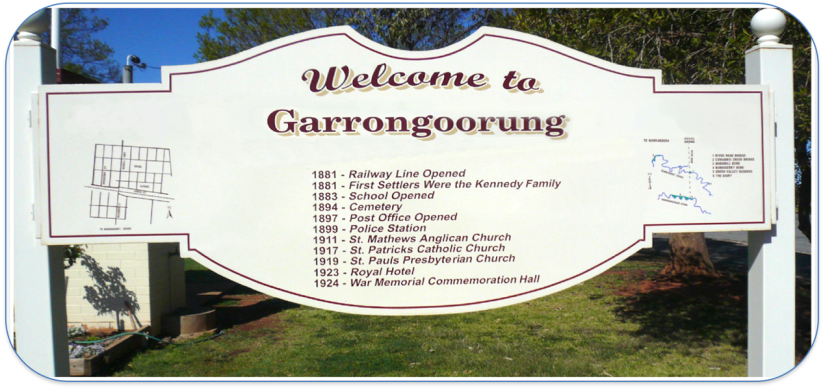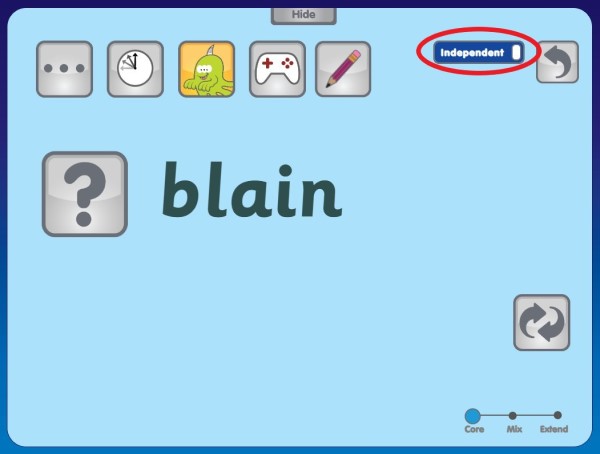
On the desk of any phonics teacher worth their salt, you will find lists full of silly-sounding words like: ‘skron’, ‘spleg’, ‘drom’ and ‘pulk’! These strange words aren’t clues to a viral spelling game but nonsense words. Used as a diagnostic tool, nonsense words give teachers an insight into how much of the phonics code a child has learned and, critically, if they have the underlying skill of blending. In this post, we will explain nonsense words and provide some ready-made nonsense word lists so you can get stuck in right away.
Nonsense words are made-up words you won’t find in any English dictionary! Words like ‘fim’ or ‘stap’. That said, they will always conform to the rules of English. For example, ‘ckad’ would not be used as a nonsense word, as ‘ck’ is never found at the start of a word in English.
As you read my words, you are not s-ou-n-d-i-ng them out as you read; you are reading them as wholes. You recognise each word from your years of reading.

But when you attempt to read the name of this town, you will have to employ your knowledge of the English phonics code (for example, knowing that the ‘oo’ represents the /ew/ like in ‘zoo’ not the /u/ like in ‘cook’) and blend those sounds together to read the word.
Garrongoorung may as well be a nonsense word to the 99.99% of us who don’t know it and so makes a great word to test an adult’s phonics knowledge and underlying skills. Similarly, children who are learning to read are likely to have been exposed to lots of words and will recognise them by sight, words such as ‘dad’, ‘dog’, or even the name of their hometown (even when it’s as long as Garrongoorung!).
Nonsense words test if children really know letter-sound relationships and have strong blending skills. Since these words will always be unfamiliar, they must use their phonics knowledge to decode the word and accurately produce the whole nonsense word.
But why don’t we want children to learn to read by sight in English?
Marnie Ginsberg, who wrote our blog post How Children Learn to Read – the Science of Reading by Sound, puts it so perfectly:
Thousands of brain imaging, psychological, and other types of reading research studies have built a mountain of evidence to demonstrate that young readers of alphabetic languages (e.g. English or Spanish) learn to read via sound. Yes, of course, our eyes and visual system are involved. But the heavy lifting in cracking our written code–learning how to convert letters on the page into sounds in words that make meaningful words–is done by our sound processing system, or phonological system.”
Essentially, a child won’t get very far if they try to learn each word by sight in English!
Now you know what nonsense words are, how do you compile a nonsense word list?


You can get started with a 30-day free trial of the lessons by signing up as a teacher.


Take care not to overteach nonsense words. These are best used as an assessment tool and occasionally to get children comfortable with the assessment process. New English language learners won’t find nonsense words helpful either; when one is first learning English, every word can feel like a nonsense word to the child!
There you have it! Nonsense words explained!